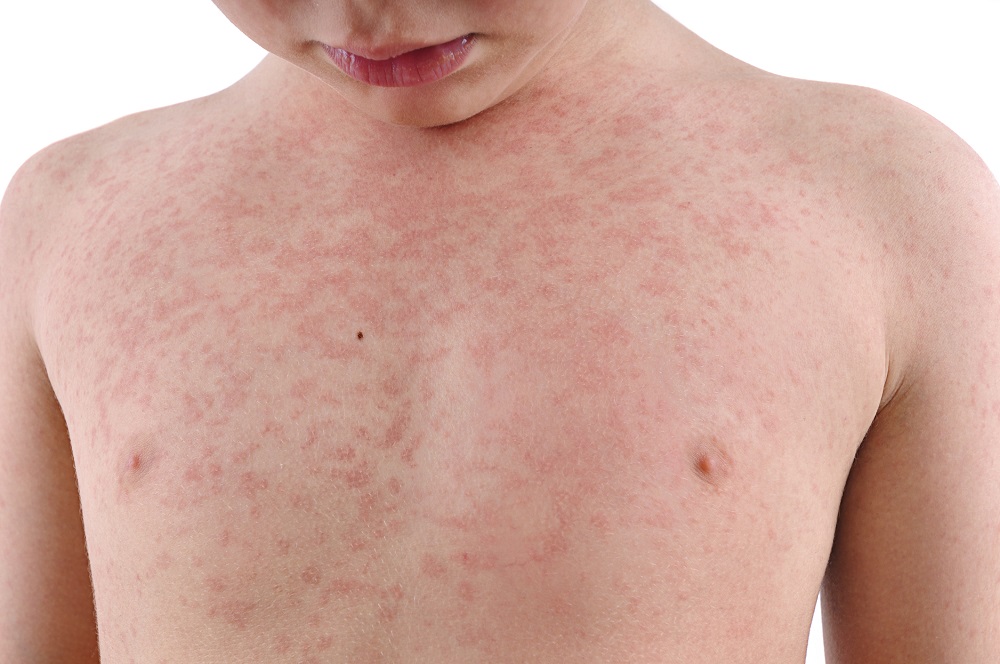Measles: five key points for Penn State Health employees

Pennsylvania continues to see cases of measles in a growing national outbreak of the viral illness. The most recent case was seen at a York hospital in a patient who had been at a Hershey entertainment venue. Penn State Health infectious disease and infection prevention specialists continue to monitor the situation and provide guidance to clinicians across the system.
Meantime, here are a few key points all employees and students should be aware of, for their own health and the protection of the people they serve:
- Employee Health screens all new clinical employees to ensure their measles, mumps and rubella (MMR) vaccines are up-to-date.
- Adults often need a second booster of MMR vaccine to ensure they are protected, and health care providers should have received two doses of MMR.
- Employees or students who aren’t sure about their MMR immunity should contact their Employee Health or Student Health office via the email addresses below, or contact their primary care provider to check their vaccination status.
- All employees and students should ensure members of their families are current on the MMR vaccine.
- Clinicians should take every opportunity to ensure patients seen in Penn State Health clinics or hospitals are current on the MMR vaccine.
The U.S. Centers for Disease Control and Prevention (CDC) has developed a digital toolkit to support providers during the current multi-state measles outbreak. The toolkit includes accurate, science-based products for providers and their patients that can help counter misinformation about measles and the MMR vaccine.
For up-to-date answers to patients’ frequently asked questions about measles, visit Frequently Asked Questions about Measles in the U.S.
Clinicians are reminded of the following clinical features of measles, according to the CDC:
- Measles is an acute viral respiratory illness.
- The virus is characterized by a prodrome of fever (as high as 105°F) and malaise, cough, coryza and conjunctivitis ― the three “C”s ― a pathognomonic enanthema (Koplik spots) followed by a maculopapular rash. The rash usually appears about 14 days after a person is exposed. The rash spreads from the head to the trunk to the lower extremities.
- Patients are considered to be contagious from four days before to four days after the rash appears.
Of note, sometimes immunocompromised patients do not develop the rash.
- Penn State Health St. Joseph Employee Health: PSHSJEmployeeHealth@pennstatehealth.psu.edu
- Hershey Medical Center/College of Medicine Employee Health: EmployeeHealth@pennstatehealth.psu.edu
- HR Solution Center, for employees not covered by above departments: 717-531-8440
- Penn State College of Medicine Student Health: student_health@pennstatehealth.psu.edu
If you're having trouble accessing this content, or would like it in another format, please email the Penn State College of Medicine web department.
